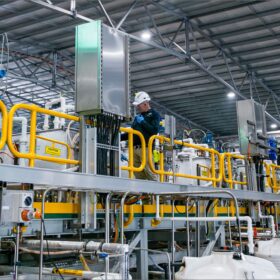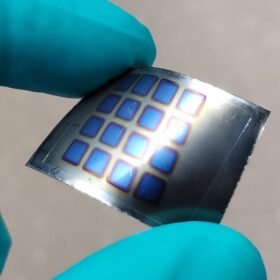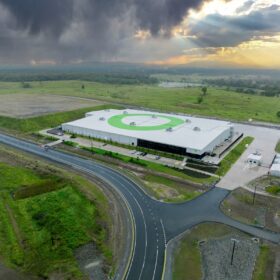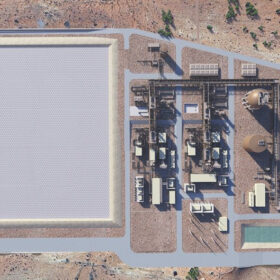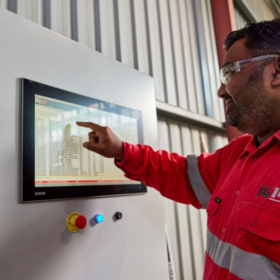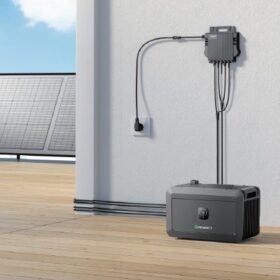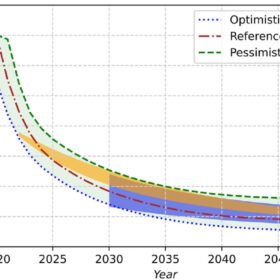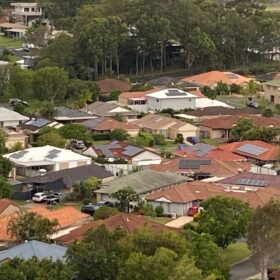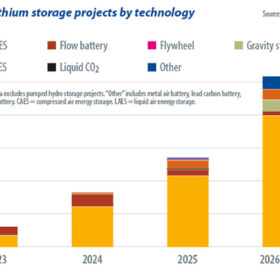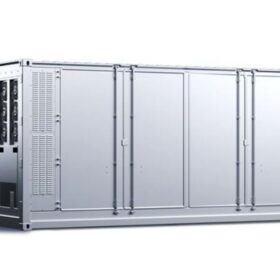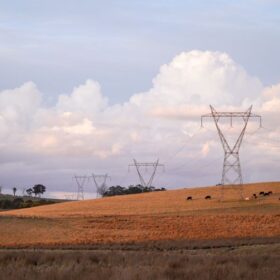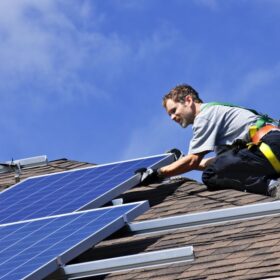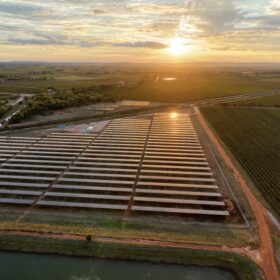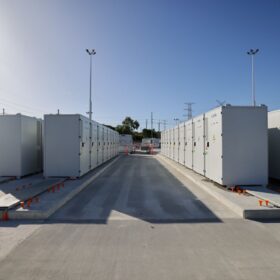Alpha targets lithium-ion battery safety with high-purity alumina
Queensland aluminium materials manufacturer Alpha HPA says it is on the brink of transforming lithium-ion battery safety, declaring its high-purity aluminium nitrate is capable of providing a solution to lithium-ion battery fires.
Australian researchers achieve record-breaking efficiency with perovskite-CIGS tandem PV cell
A team of scientists in Australia claim to have achieved the highest efficiency reported to date for a perovskite-CIGS tandem solar cell built on a flexible steel substrate. In the proposed cell configuration, steel can act as both a substrate and an electrode.
Fortescue opens doors on 2 GW electrolyser factory
Fortescue has officially opened its 2 GW hydrogen electrolyser manufacturing facility Gladstone and followed that by confirming plans to establish a 50 MW green hydrogen production plant at the central Queensland coast site.
Weekend read: Cut to the CAES
Compressed air energy storage (CAES) sits at a crossroads. It is considered a mature form of deep storage due to its components being firmly “de-risked” but few projects are operating in the Western world. A project in the remote New South Wales town of Broken Hill promises to lead the way.
Hot results for industrial energy storage testing phase
South Australian energy storage specialist 1414 Degrees will move its SiBox thermal energy storage technology to market after 12 months of testing proved the molten silicon tech is reliable, safe, and an adaptable energy storage solution.
Queensland battery manufacturer lands grant for automated pilot plant
Queensland-based clean tech company Graphene Manufacturing Group has hit a home run toward commercial product roll-out after pocketing a $2 million grant to spearhead the development of an automated assembly plant in the state capital.
Growatt launches new balcony storage solution
The new product combines the NEO 800TL-X Microinverter and the NOAH 2000 Battery. Up to four batteries can be stacked, for up to 8,192 Wh of storage capacity.
PV-driven green hydrogen may be sold in Australia at $3/kg by 2030
A team of researchers in Queensland have calculated the levelised cost of green hydrogen under different installed capex scenarios for 2030. They also looked into the different possible sizing of PEM electrolysers.
Report says rooftop solar key to cutting climate pollution
A new report puts electricity generation, storage, transmission and electrification from renewable sources on Australia’s front line to combat climate pollution.
Weekend read: Can anything topple lithium-ion?
The need for long-duration energy storage in a net-zero world is undeniable but with conventional battery prices tumbling, can anything dislodge the mainstream grip of lithium ion? S&P Global’s Susan Taylor provides an update on non-lithium storage technologies.
